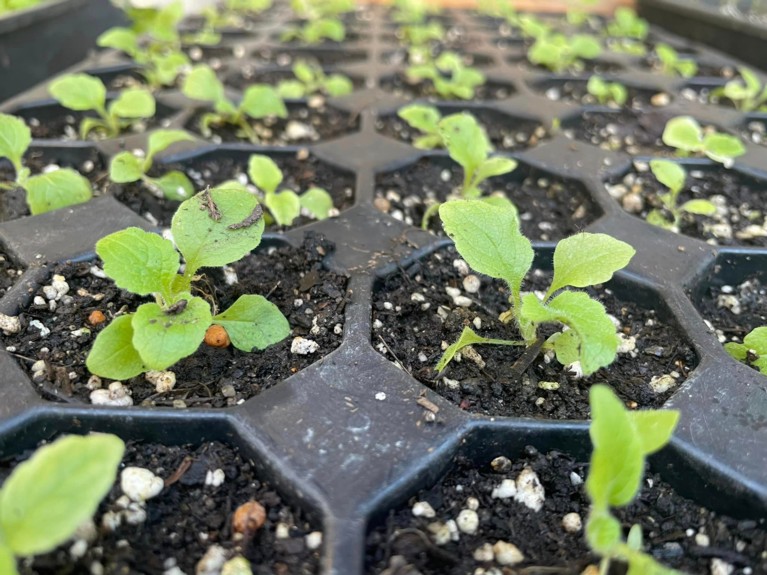Blog
31 January 2024
January has come around fast and the Christmas holidays seem a distant memory. On returning to work, we had to pick up where we left off and the first job back always means recycling the Christmas trees. The season’s unfavourable weather also continued with what has seemed like one named storm after another, after another and another. The Garden Department longs for some spring-like days and some apricity from the winter sun.
Unfortunately, just before Christmas, the department had to say goodbye and good luck to one of our staff members, Andrew Luetchford. We wish Andrew the best and thank him for all his hard work, but also look forward to recruiting and welcoming someone new. Watch this space.

The myth that gardeners are not busy in the gardens at this time of year could not be further from the truth. There are multiple tasks that need completing in the winter months – a long list of pruning schedules that roll out almost until the spring. It is a time for pruning and tying in the climbers, such as wisteria and climbing roses, and with the help of the Maintenance Department, we added brand new climbing supports to our new buildings. The supports look great and will give good support to the climbing plants on those buildings to help soften the landscape.

When the sun does shine in the winter, it enhances the beautiful fragrances from some of our winter shrubs. Some of the highlights come from the winter border in the Fellows’ Garden. The colours and fragrances at this time of year can be wonderful, including the Chimonanthus praecox (Wintersweet), Hamamelis (Witch hazel) and the winter flowering Viburnums (Viburnum x bodnantense). The smell from the Sarcococcas (Sweet box or Christmas box) can be heavenly as you brush past them.

It is also a time to start to work our way through preparing the herbaceous borders. The foliage is left as long as possible to provide some winter protection for the insects, but there must be a systematic plan as we go forward to manage the borders. A comprehensive approach through mass and void analysis helps determine which plants we need to be split and divided through the season, and if indeed any replacements are required.

Once the borders are managed then mulching can begin to take place and adding a rich organic matter to the borders will help replace spent nutrients, lock in moisture and help with weed suppressing as the soil temperatures rise. This is a good practice annually and most of the mulch will come from our home-grown compost.

Something to look forward to this year is the college spending some time with celebrity gardener Charles Dowding. Charles is an Emma alumnus and is infamous for his ‘no dig’ theories. Charles will be visiting the college on 11th March and giving a talk in the Queen’s Theatre – this is something that has got the Garden Department very excited. Look out for more information about this shortly.
Best wishes.
Brendon Sims, Head Gardener
